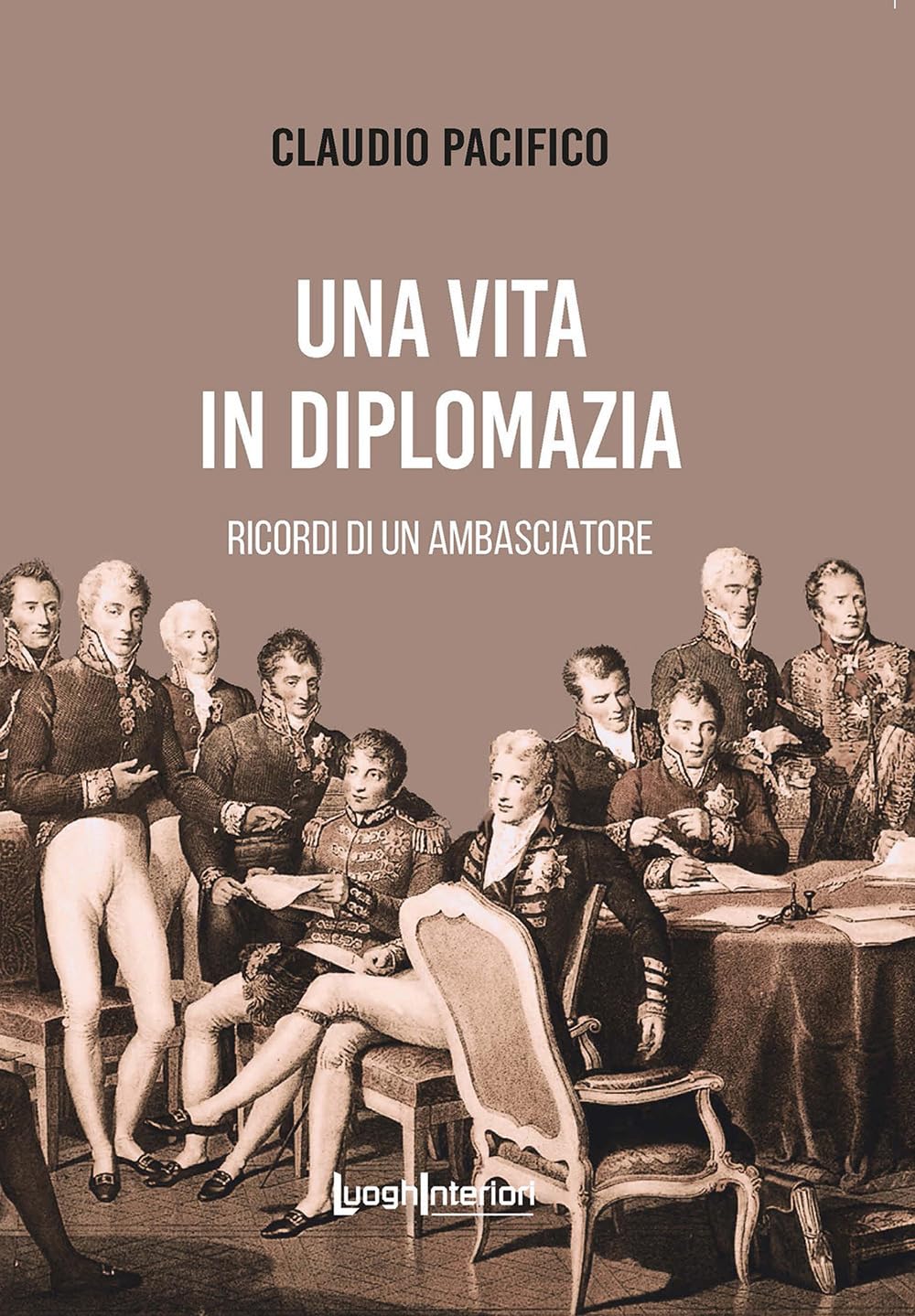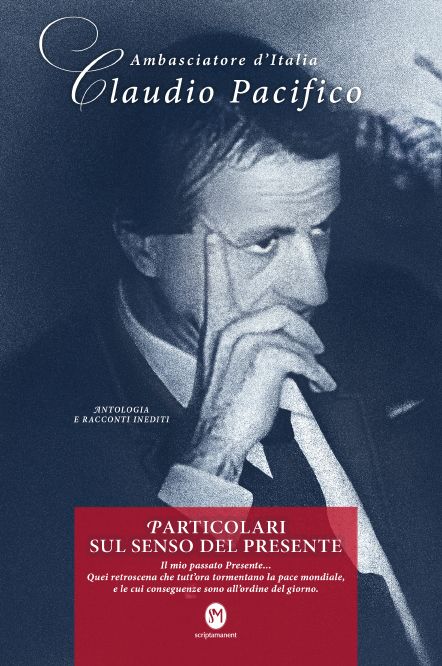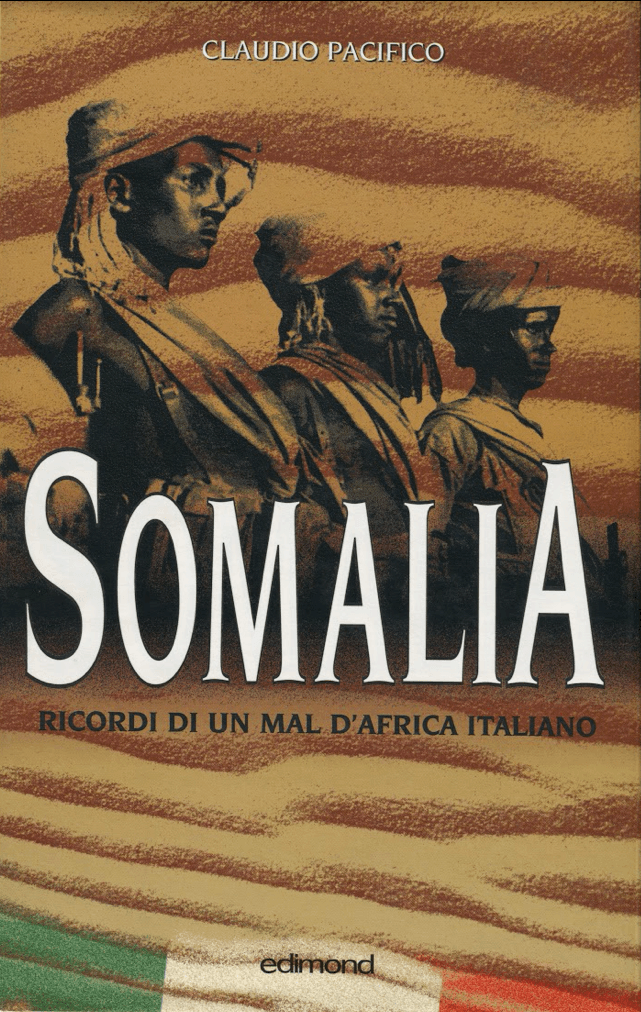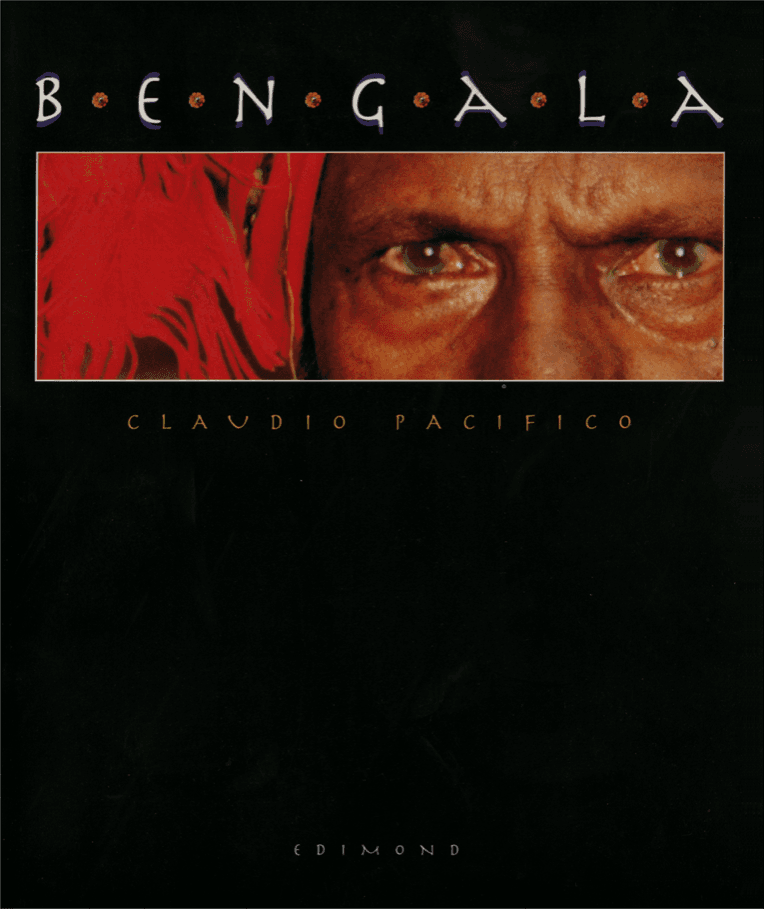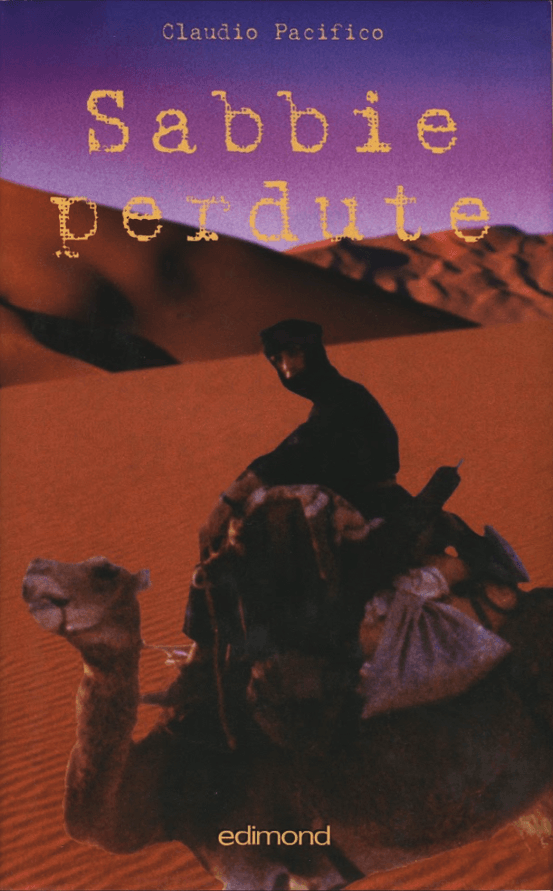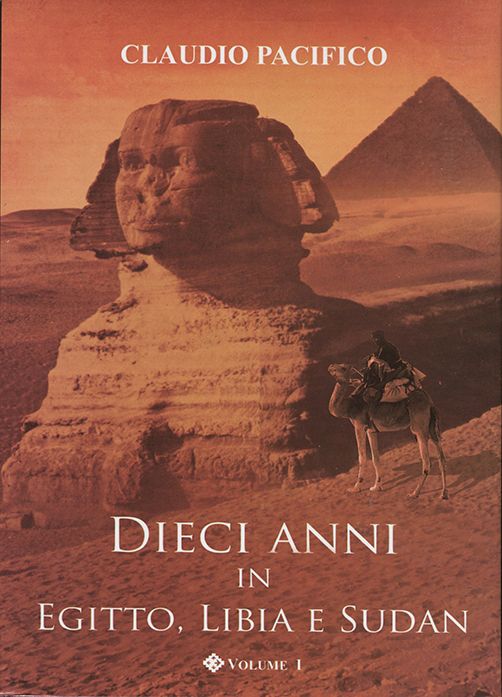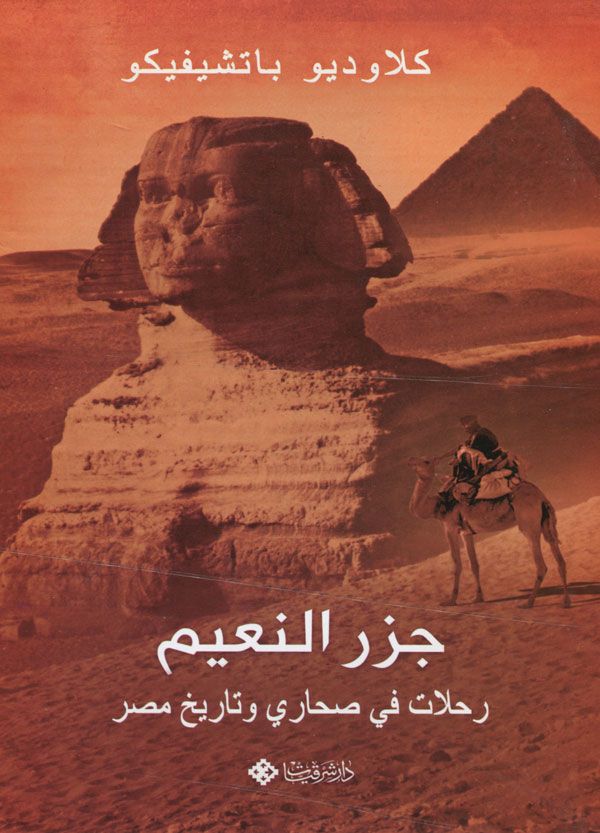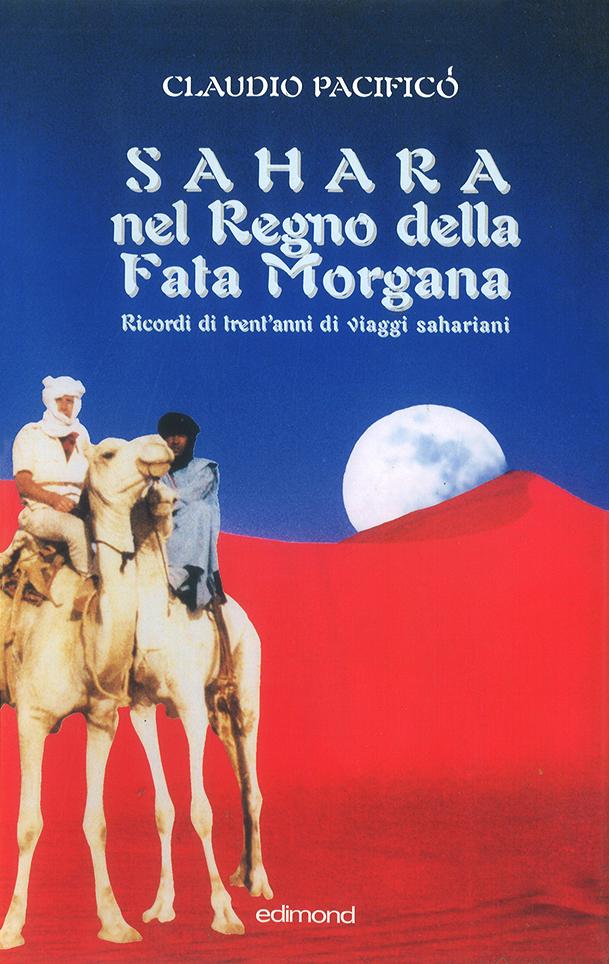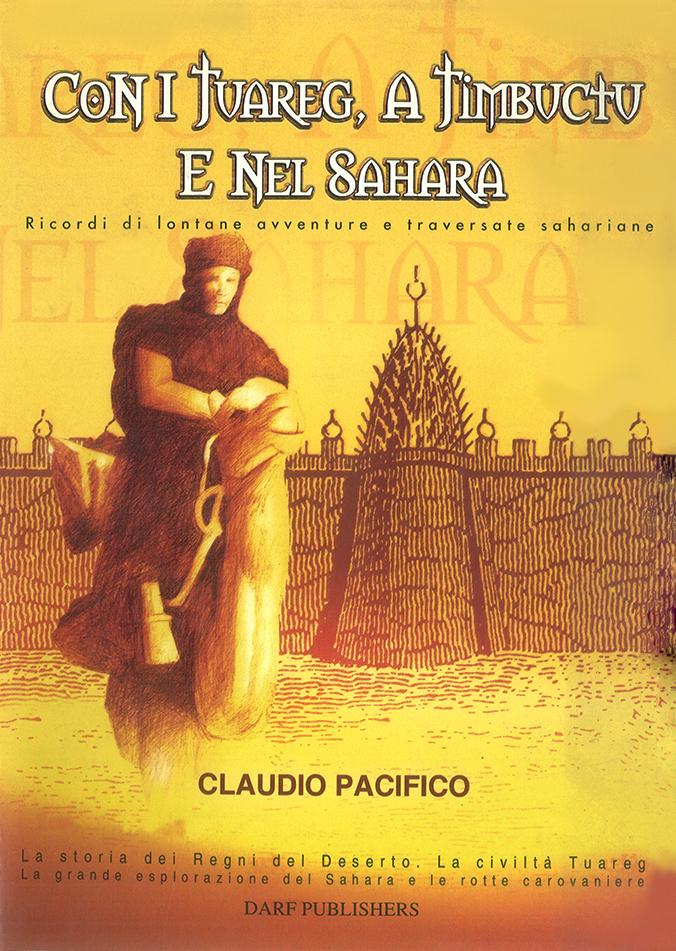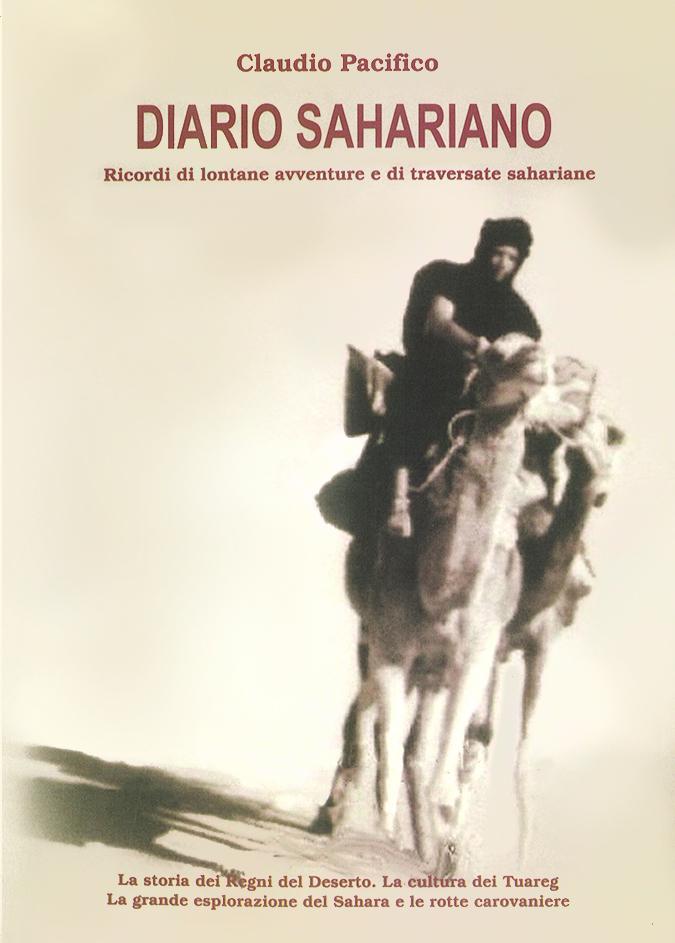Storia e cultura dei Paesi arabi e asiatici,
luoghi in cui ha vissuto a lungo.
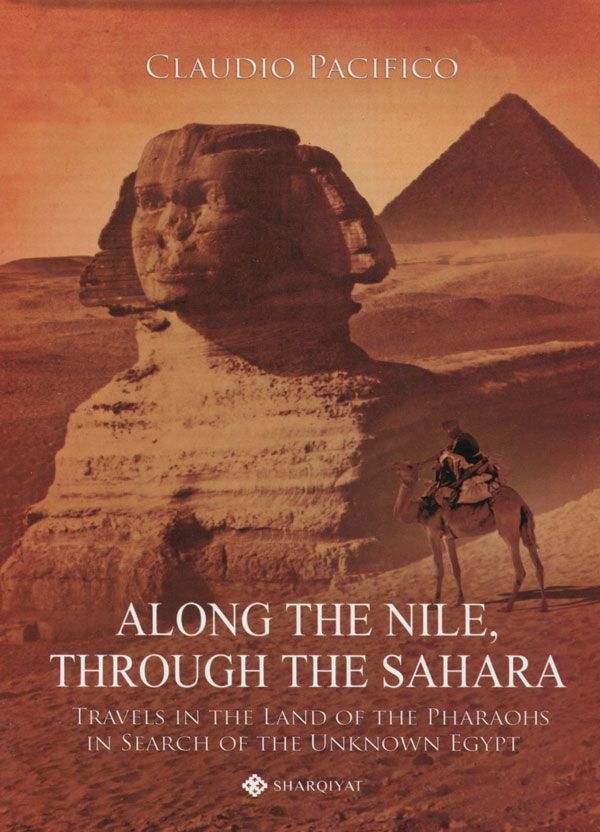
Along the Nile, through the Sahara
The title is self-eloquent tribute to Egypt. However, it is mostly a tribute to certain parts of Egypt that are still quite unknown, even to Egyptians, who still consider the desert as an empty space bereft of any attractiveness, a bit like the Ancient Egyptians used to do, because they - as the book reminds us: «Feared the desert, which they called the “Red Land”, the “Place of non-life”, the epitome of death and exile. According to Pharaonic mythology, the desert was, in fact, some sort of hellish place, the ”Kingdom of Seth”, the “God of Chaos” that killed his brother Osiris». An Egypt off the beaten track, yet equally full of charm and history like other parts of the Country that are more in the limelight. The book is muItifaceted. It is the expression on the page of his own personal experience on numberless trips and expeditions to all corners of Egypt - along the Nile, in and around the lush oases (the so-called Islands of the Blessed, as Herodotus used to call them), down the old caravan routes and their ruined Roman outposts, across scorching stretches of sand and parched stony grounds, amidst precious marble quarries teeming with activity in Roman times but now utterly desolate, up rugged plateaux and inaccessible mountain ranges or down, in wadis of undiluted beauty... But it is not just this. It is also a vade-mecum full of accurate geographical, historical, scientific information, and tourist tips, too. But, as often is the case in travel literature, the book is also an instrument for the author to investigate into his inner self, a journey of self-discovery: «My first journey occurred almost forty years ago and it lasted almost a month: it was only the first of a very long series, which, like my journeys across the Sahara, is still unfinished. And like my journeys across the Sahara, I would say, like all my journeys across the five continents, my peregrinations across Egypt have been, at the end of the day, first and foremost, a journey into myself, a journey of self-discovery deep down, into my inner self». At the same time, the book is – Wordsworthwise – a distillation of the vibrant sensations and deep emotions that he personally experienced in the mystical immensity of the desert, emotions that are described in terms that are reminiscent of Edmund Burke and his Enquiry into the Sublime, the astonishing Sublime that one experiences in Nature when confronted with vacuity, solitude, silence, vastness or greatness of dimension: «And after almost forty years of journeys, wanderings, and returns to the Sahara, I have come to the conclusion that perhaps this is the realest and deepest secret of the Desert: its spiritual and mystical dimension that, with its boundless and extreme landscapes, with its ambivalence of seduction and repulsion, enchantment and horror, life and death, leaves an indelible imprint in whoever experiences it». To reinforce the romantic and poetic touch of some parts of the book, Pacifico inserts excerpts from works of other writers. Richard Burton, Hassanein Bey, Pierre Loti, László Almasy, Norma Lorimer, just to mention a few. They describe the desert as an exciting, powerful, inscrutable, dangerous but also bewitching protagonist, the ideal place to please their thirst for infinite spaces, their love for exoticism, their escapism, their revolt to modernity and drive for challenge. And still, the book is also spiced up by anecdotes (I’ll just mention Edmondstone’s controversial claim to be the first European in Dakhla), humorous episodes, let alone a number of mishaps – mainly due to unreliable Bedouin guides that, more often than not, led him astray - that now sound irresistibly funny, but that must have been utterly exhausting and unnerving for the travelling Author while going through them. With the benefit of time, all those misadventures are now reported with a good deal of enjoyable self-irony. But let’s not forget that the author is an Italian. Quite rightly, therefore, he expands on the huge Roman heritage in the Eastern Desert, in the oases and in many other sites, but also dwells on the massive contribution by Italian explorers, missionaries, merchants, patriots, Egyptologists, from the Middle Ages to the modern time. Just to mention some names: Saint Francis from Assisi, Filippo Pigafetta, Giovanni Battista Belzoni, Bernardino Drovetti, Ippolito Rosellini, Evaristo Breccia, Giuseppe Botti, and the over twenty archaeological missions currently operating on various sites. The volume is bulky and counts more than 500 pages. (From an interview with the Author). Si tratta della traduzione in inglese del libro "10 anni in Egitto, Libia, Sudan" (Ed. Sharqiat, 2011), tradotto da Roberta Bonalume.
